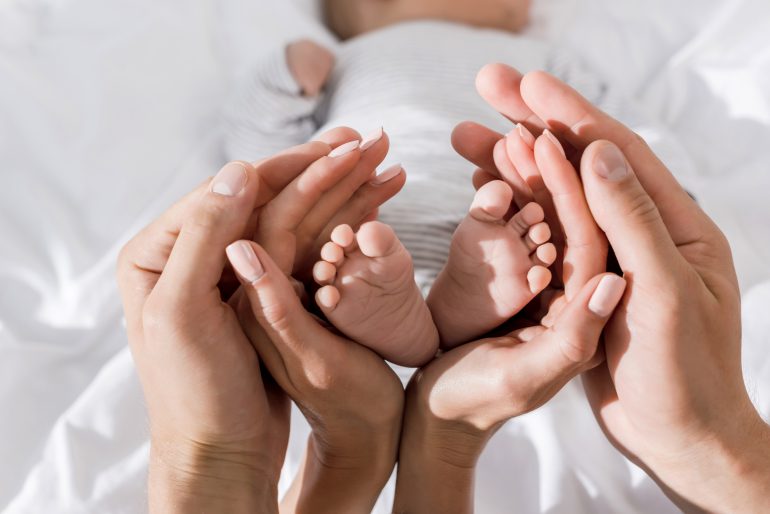The average age when women have their first child is steadily increasing, not just in the Netherlands but across the European continent. The mean age when women have children for the first time is now 29.7 for European Union member states, up from 28.8 just a decade ago, according to reported data from Eurostat and Statistics Netherlands (CBS).
What is driving the trend?
There are many possible explanations for this trend. Economic factors certainly play their part. Having children has undoubtedly become more difficult in recent years, due to the rising costs of housing and childcare, as well as essential everyday expenses like food and clothing. A skyrocketing tax burden in most European nations is also fuelling tighter budgets and encouraging women to delay having children.
There has also been a cultural shift. More and more adults, especially women, are simply choosing a childfree lifestyle, or opting to delay having children until later in life.
Age comparisons with European neighbours
In the Netherlands, the average is lower than the European average, with women across the EU waiting until they are 30.3 years old to give birth, according to data from 2023. However, some other European Union member states, especially in western Europe, are higher still.
Italy tops the table, with 31.7 years as the Italian average age when women have their first child. Spain is not far behind on 31.6 years. At the other extreme, in Bulgaria, women are quick to have their first child, at an average age of just 26.6.
Women having fewer children
While the average age for procreation increases, the number of children per woman also goes down. According to initial research from Statistics Netherlands for 2023, Dutch women have an average of 1.43 children each. That is the lowest figure since 1975, when this research began. It is down significantly from 2010, when women in the Netherlands had an average of 1.80 children each.
French women have the largest number of children on average at 1.79, per the 2022 data. Malta, on the other hand, sees the smallest quantity of children per woman, at just 1.08. Spanish and Italian women, while waiting longer than the Dutch to have children, also have fewer of them, with just 1.16 and 1.24 children per woman respectively.
Analysis suggests this trend is down to a larger number of women than ever before opting not to have children at all. However, for those who do want to grow their family, the average number of children per woman has stayed roughly consistent, at 2.1.
The effect on birth rates
Inevitably, lower fertility rates lead to lower birth rates. When economic and other factors squeeze household budgets, that affects the choices made by individuals. After a few years, those choices start to have a significant effect on the demographic landscape more widely. That is what we are now starting to see with falling fertility and birth rates across Europe.
According to the CBS, in 2021, a total of 4.1 million babies were born in the European Union. The following year, in 2022, that fell to just 3.8 million, part of a continuing trend wherein the total number of births has declined every year since 2008. The situation in the Netherlands mirrors the broader European trend. Since 2008, the number of Dutch live births has decreased by a whopping 5 per cent. If the age at which women have their first child continues to increase, overall birth rates are likely to fall even further in years to come.
What should be done?
The debate continues about what, if anything, should be done to make having children more economically feasible and attractive for European women. In France, President Emmanuel Macron has announced a series of measures to tackle the issue, including offering free fertility checks to people aged between 18 and 25 in an effort to boost fertility rates. It remains to be seen if the Dutch government will pursue a similar path.
Written by Jason Reed
